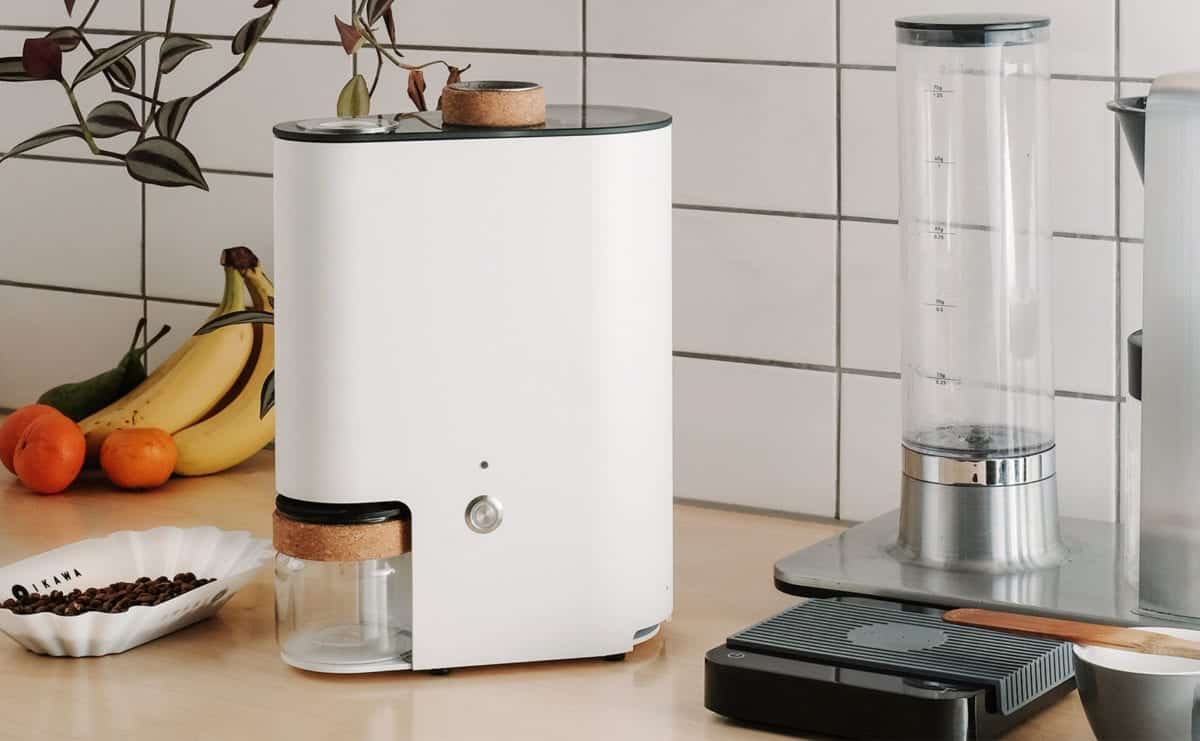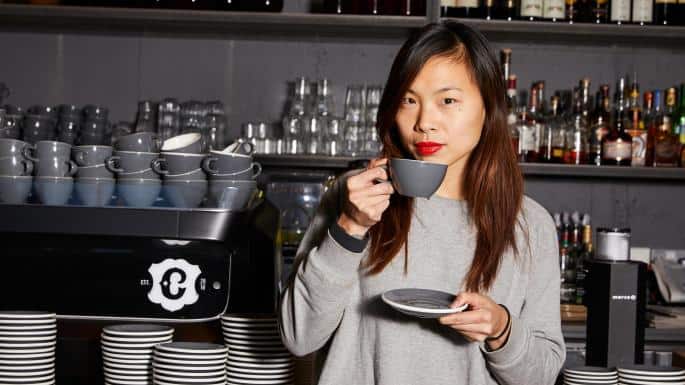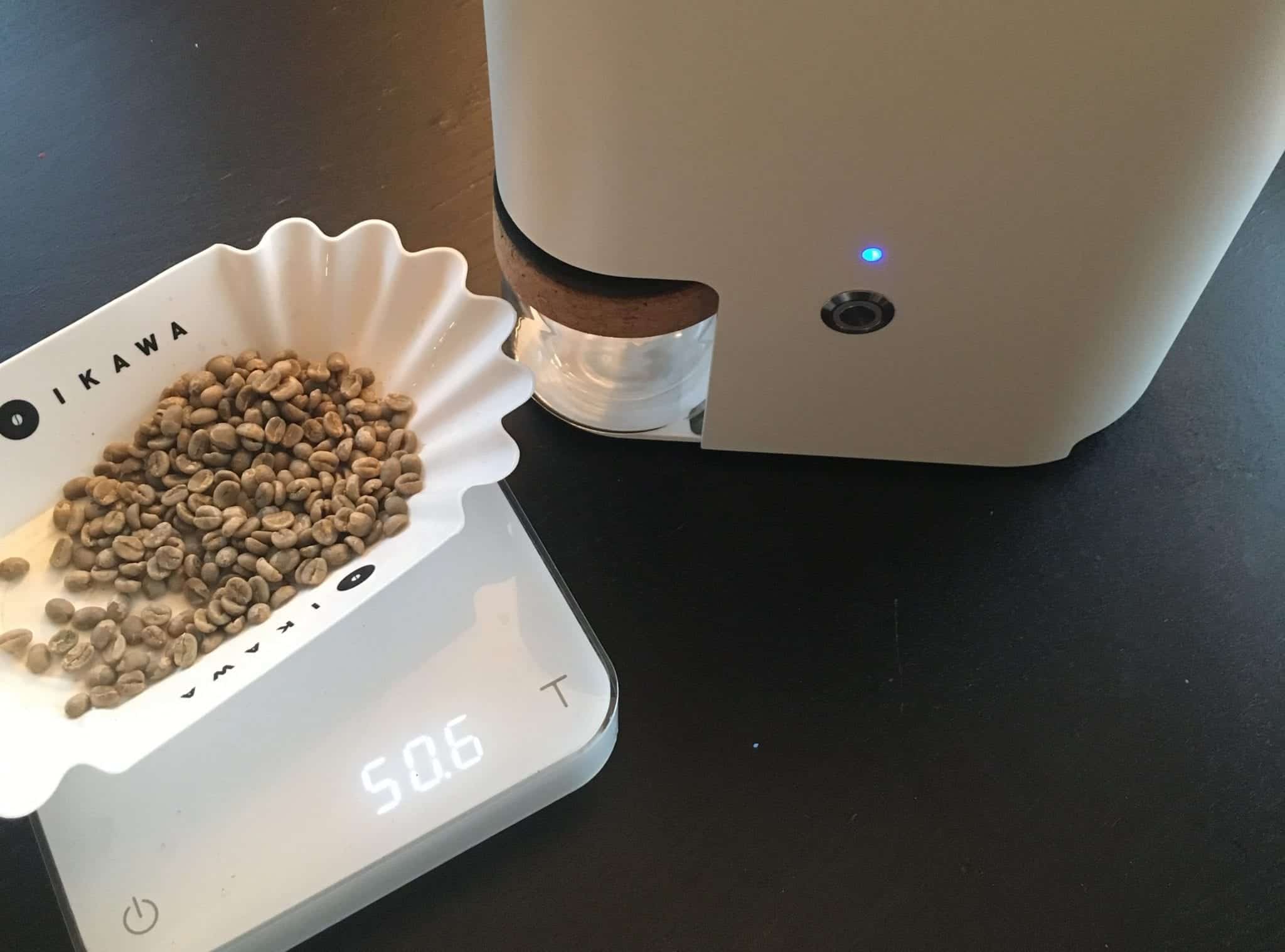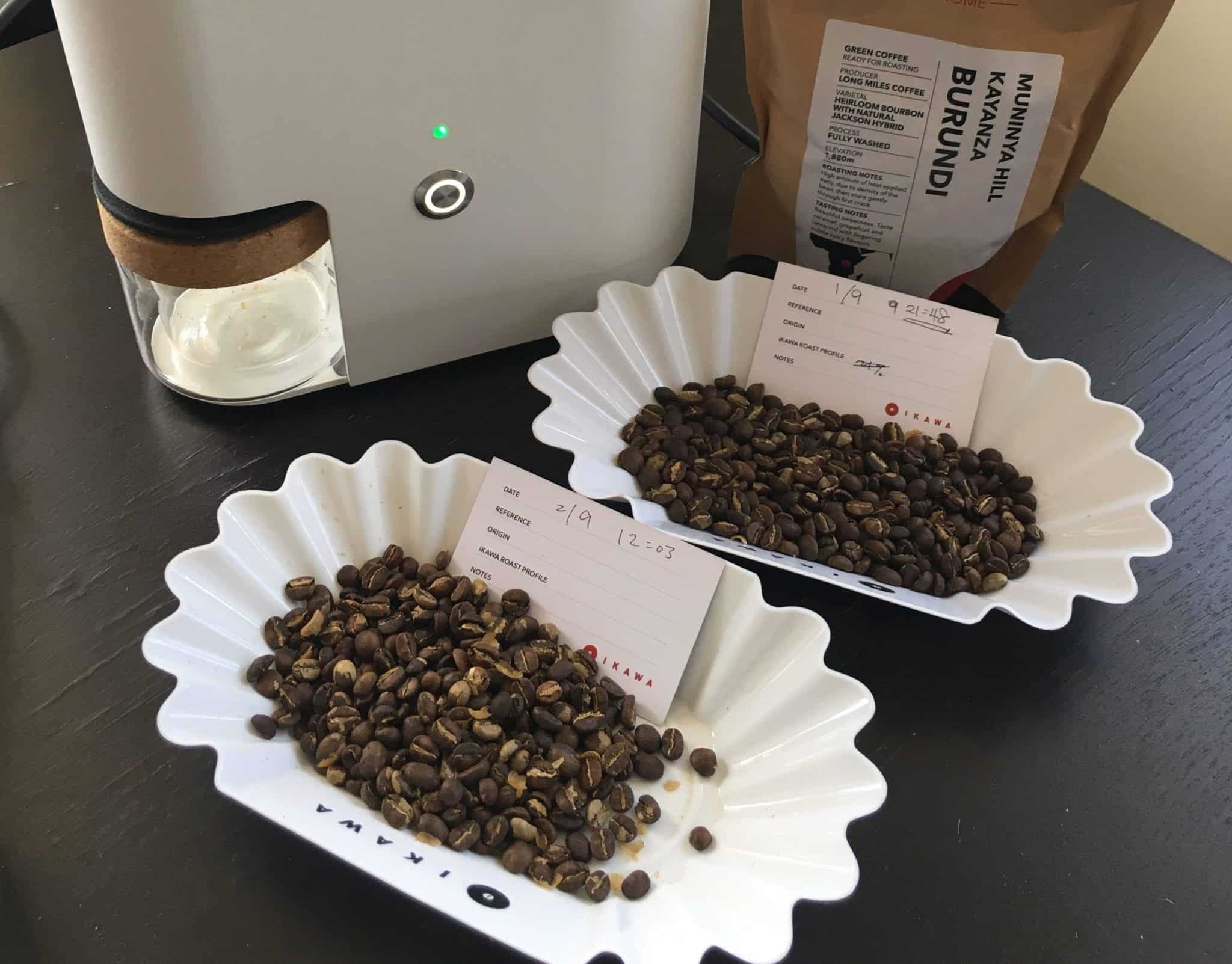
After I roast my coffee, how long should I wait to drink it? Is coffee freshness really important?
Coffee roasting is actually an impressive chemical reaction and one noticeable byproduct is carbon dioxide. It’s harmless, but noticeable – coffee will bubble up when water strikes it, and more so when it’s fresh.
Some say that waiting, and letting some of the carbon dioxide dissipate, can help the coffee taste better.
To help investigate this, and answer a question we hear often, we reached out to the 2-time UK Cup Tasters Champion (2016 and 2017) and Head of Quality Control at Caravan Coffee, Freda Yuan.
Freda is a good friend and an enthusiastic supporter of IKAWA and an expert on coffee taste. Read below to see her findings and recommendations for when to brew your coffee.

I was very excited when Alex asked me to investigate this for IKAWA. I have been working in quality control for a while, but the majority of the time my focus is on production, roast profiles and espresso and filter quality. I rarely get a chance to follow up on a freshly roasted coffee to evaluate this subject.

I did this experiment over the weekend so I had more time to analyse in the morning and it is more relaxed. Most of the tasting is done before 14:00 as I cannot take more caffeine after noon or I won’t be able to sleep!
The coffee I chose was Burundi Kayanza. I am a fan of Burundi coffee as it is very vibrant, juicy and great for summer. I used 50g of green coffee and got around 44g roasted coffee, which can provide me at least 3 morning of coffee supply (around 12g per brew.)

Friday
I roasted the first batch (Batch A) at 21:50 on Friday. The plan was to fit in home roasting to my daily life.
Saturday
I roasted the second batch (Batch B) at 12:00. I managed to do the dishes while roasting (bonus!).
In order to control variables, I brewed both coffees under the same conditions: same grinder, same brewing method, same water…etc. The only difference is the resting time.

I used Kalita wave 185 to brew the coffees (a really great pour over device). This is my usual go to because I like bigger body (mouthfeel) for my filter coffee. I used 12g of coffee and started with 50g of water to bloom for 30 seconds. Then I topped up the rest 150g of water steadily in another 30 seconds. Finally, I give the Kalika a swirl, lift the brewing device and tap it lightly on the cup. This will create a flatter coffee bed to extract more evenly.
The coffee finished dripping at 2 minutes and 15 seconds.
Batch A – rested for 14 hours
The coffee is JUICY, with flavor of citrus and spices. The coffee was very very sweet. The aftertaste is a little bit flat, but this attribute doesn’t necessarily come from the resting time or roast degree. Potentially could also be affected by the grind size and brewing method. I didn’t notice any of the green aftertaste that I notice sometimes in coffees that are too fresh (brewed too close to the roast date).
Batch B – rested 15 minutes
This batch was literally roasted 15 minutes ago. The attributes are very similar to the Batch A, yet I notice there was slightly vegetable flavor note. It is definitely less sweet than Batch A. The mouthfeel is slightly bulkier than the first batch and fizzier on the tongue, which I sometimes notice in coffees that are brewed too close to the roast date. However, the bulky and fizzy mouthfeel are very very minor.
I then decanted both coffees into two identical cupping bowls so I can blind taste both coffees at the same time without prejudice. The differences was really really small. At some point I almost couldn’t tell the difference.
Batch A has already rested 1 and a half days (36 hours). The notes were all still there from Saturday – orange, juicy mouth feel, and spices. I noticed that the aftertaste transformed to nutty taste and was more pleasant than Saturday.
Batch B has now rested 23 hours and the sweetness starts to pop. The body became silkier than it was when it was freshly roasted, changing from a grassy and sharp mouth feel.
Again, I put both coffees into identical cups and blind tasting them. The differences have become closer and closer. I can still taste the differences, which took me a while to figure out. But to be honest, the differences are too small and I won’t be bothered too much on a slower/lazy Sunday morning. At this point you could say both coffees are very pleasant to drink.
It is almost safe to say that you can drink coffee straight away after roast. Coffee freshness is relevant, but less so than expected. Bear in mind, there might be some green vegetable notes coming out from the cup. It is worth to point out that this coffee’s profile is for filter. The tolerance of the green vegetable note is wider than brewing espresso.
For espresso roast profile, I would suggest to rest your coffee for at least 7 days to degas as espresso tends to amplify all the attributes, regardless if they are good or bad.
For optimal results with roasts from the IKAWA Home roaster, I would suggest resting the coffee for more than 12 hours before enjoying it.
My experiment schedule could actually fit in your daily life. Pre-roast the coffee on Thursday or Friday evening and your weekend is sorted!
Interestingly, to add to the conversation, just this past weekend (Nov 2017) we watched the Swiss Barista Champion, André Eiermann, roast coffee on stage at the 2017 World Barista Championships.
Not only that, he immediately proceeded to make an espresso with that same coffee and serve it to the judges!
How did it taste? We didn’t have the pleasure of sampling this espresso, but after Round 1 of the competition he was 2nd out of 60 competitors.
Watch the video, it’s fascinating. To do so, go here, scroll down and click “Prelims Stations #1”, then on the side bar “Switzerland – André Eiermann”.